Lotus root, a staple in many Asian cuisines, has long been celebrated for its unique texture and versatility in cooking. But beyond its culinary appeal, this humble ingredient holds a surprising nutritional secret: it's high in starch yet boasts a low glycemic index (GI). This rare combination makes it an excellent food choice, even for those managing diabetes. The science behind lotus root's unique properties reveals why it stands out among other starchy vegetables and how it can be safely incorporated into a diabetic diet.
At first glance, the notion that a high-starch food could be diabetes-friendly seems contradictory. After all, starchy foods typically cause rapid spikes in blood sugar levels. However, lotus root defies this expectation due to its particular type of starch and fiber content. The starch in lotus root is digested more slowly than that in common staples like white rice or potatoes, resulting in a more gradual release of glucose into the bloodstream. This slower digestion process is what gives lotus root its low GI rating, typically ranging between 30 and 50, depending on preparation methods.
The fiber factor plays an equally crucial role in lotus root's diabetes-friendly profile. Unlike refined carbohydrates that have been stripped of their natural fiber, lotus root contains both soluble and insoluble fiber. These fibers create a gel-like substance in the digestive system that further slows down carbohydrate absorption. Additionally, the fiber content promotes satiety, helping to prevent overeating and subsequent blood sugar spikes. This dual action of resistant starch and dietary fiber makes lotus root a smart carbohydrate choice for blood sugar management.
Traditional Chinese medicine has recognized lotus root's health benefits for centuries, often prescribing it for various ailments. Modern nutritional science now confirms many of these ancient observations. Research indicates that the unique polysaccharides found in lotus root may help improve insulin sensitivity and regulate blood sugar levels. These bioactive compounds appear to work by enhancing glucose metabolism at the cellular level, though the exact mechanisms are still being studied. What's clear is that regular consumption of lotus root as part of a balanced diet shows promise for supporting metabolic health.
Preparation methods significantly influence lotus root's glycemic impact. While raw lotus root maintains the lowest GI, common cooking methods like steaming or stir-frying only moderately increase its glycemic response. Boiling, surprisingly, tends to preserve more of the beneficial fibers compared to high-temperature cooking methods. The key is to avoid deep-frying or pairing lotus root with high-GI ingredients that could negate its advantages. Traditional preparations that combine lotus root with lean proteins and healthy fats create balanced meals that minimize blood sugar fluctuations.
The mineral content in lotus root adds another layer to its nutritional profile. Rich in potassium, zinc, and manganese, it provides essential nutrients that support various metabolic processes. Potassium, in particular, plays a vital role in maintaining healthy blood pressure levels, which is especially important for diabetics who are at higher risk for cardiovascular complications. The presence of vitamin C and B vitamins further enhances lotus root's appeal as a nutrient-dense food that supports overall health while managing blood sugar levels.
For those incorporating lotus root into their diabetic meal plan, portion control remains important. While its low GI makes it safer than many other starches, moderation is still key. Nutritionists often recommend starting with about half a cup of cooked lotus root as part of a meal, observing individual blood sugar responses. The beauty of lotus root lies in its versatility - it can be sliced into stir-fries, grated into salads, or pureed into soups, offering numerous ways to enjoy its benefits without compromising blood sugar control.
Emerging research suggests that lotus root's benefits may extend beyond glycemic control. Preliminary studies indicate potential anti-inflammatory effects and positive impacts on gut microbiota, both of which are relevant for diabetes management. The prebiotic fibers in lotus root appear to nourish beneficial gut bacteria, creating a healthier intestinal environment that may indirectly influence glucose metabolism. While more research is needed, these findings position lotus root as a functional food with multiple potential health advantages.
In Asian markets, consumers can find lotus root fresh, frozen, or even canned, though fresh varieties generally retain the most nutrients. When selecting fresh lotus root, look for firm, unblemished specimens with a smooth surface. The root should feel heavy for its size, indicating good moisture content. Proper storage in the refrigerator can maintain freshness for up to a week, though it's best consumed soon after purchase for optimal texture and nutritional value.
Cultural traditions surrounding lotus root offer insights into its healthful preparation. Many traditional recipes combine lotus root with ingredients known to support blood sugar control, such as bitter melon or turmeric. These time-tested combinations suggest an intuitive understanding of food synergy long before modern nutritional science confirmed these benefits. Contemporary chefs and home cooks are now rediscovering these ancient pairings, creating modern dishes that honor traditional wisdom while appealing to contemporary palates.
As global interest in functional foods grows, lotus root is gaining recognition beyond its traditional culinary boundaries. Food scientists are exploring ways to incorporate lotus root flour into baked goods and other products as a lower-GI alternative to wheat flour. This innovation could make lotus root's benefits accessible to broader populations and open new possibilities for diabetic-friendly food products. The potential applications extend to gluten-free markets and health-conscious consumer segments seeking nutritious alternatives to conventional starches.
The story of lotus root serves as a reminder that nature often provides solutions where we least expect them. A vegetable that grows in muddy waters emerges as a nutritional powerhouse, challenging conventional assumptions about starchy foods and diabetes. Its journey from pond to plate represents not just a culinary tradition, but a testament to the wisdom of traditional food systems and the continuing discoveries of nutritional science. For diabetics and health-conscious eaters alike, lotus root offers a delicious paradox - substantial satisfaction without the blood sugar consequences typically associated with starchy comfort foods.

By /Jul 1, 2025

By /Jul 1, 2025
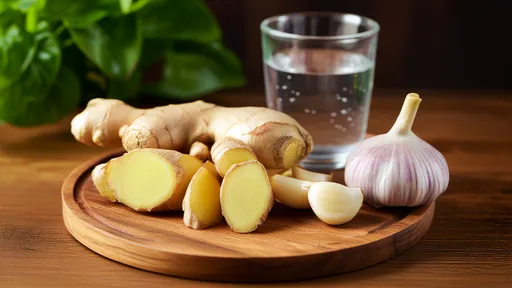
By /Jul 1, 2025
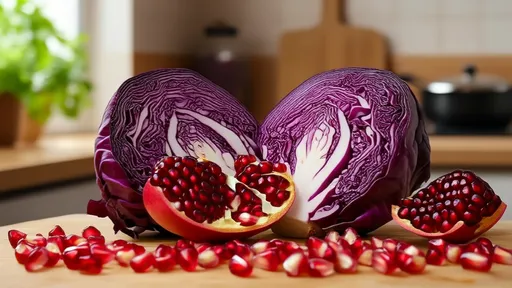
By /Jul 1, 2025
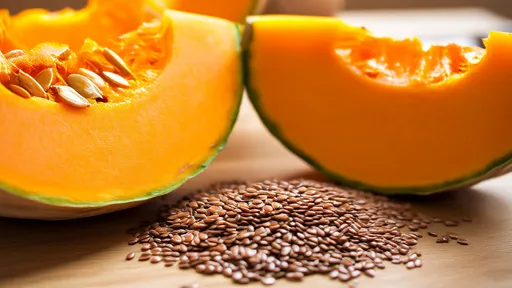
By /Jul 1, 2025

By /Jul 1, 2025

By /Jul 1, 2025
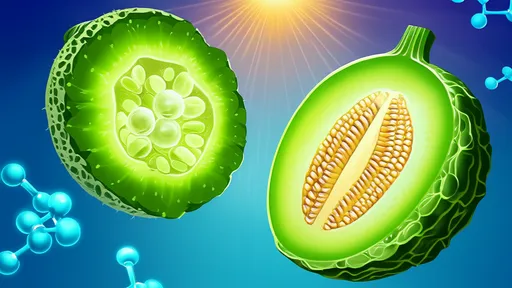
By /Jul 1, 2025
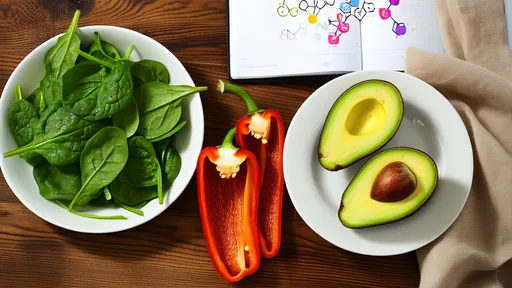
By /Jul 1, 2025

By /Jul 1, 2025

By /Jul 1, 2025

By /Jul 1, 2025

By /Jul 1, 2025
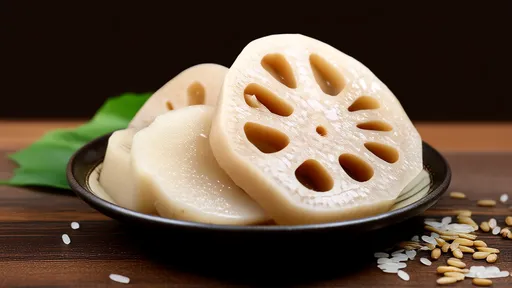
By /Jul 1, 2025
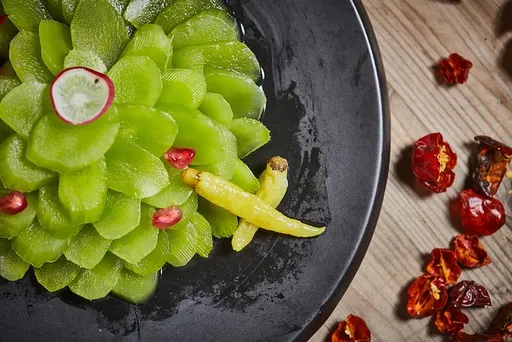
By /Jul 1, 2025

By /Jul 1, 2025

By /Jul 1, 2025